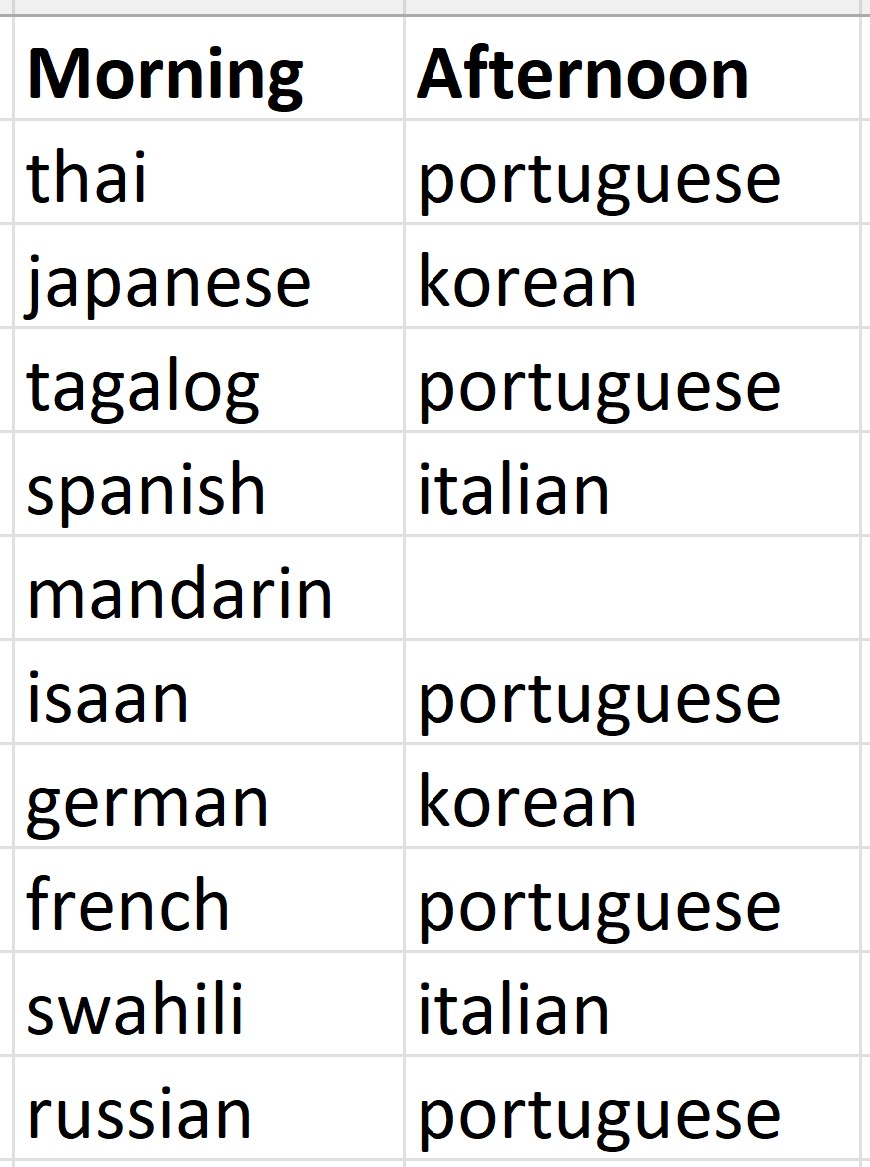Ah, ok. This is a known issue. You can either wait and try again later, or use the work-around:
Use one of the many free online tools to download the subtitles (for example, this one), edit your passage, and replace the error message text with the text from the downloader. Save.







